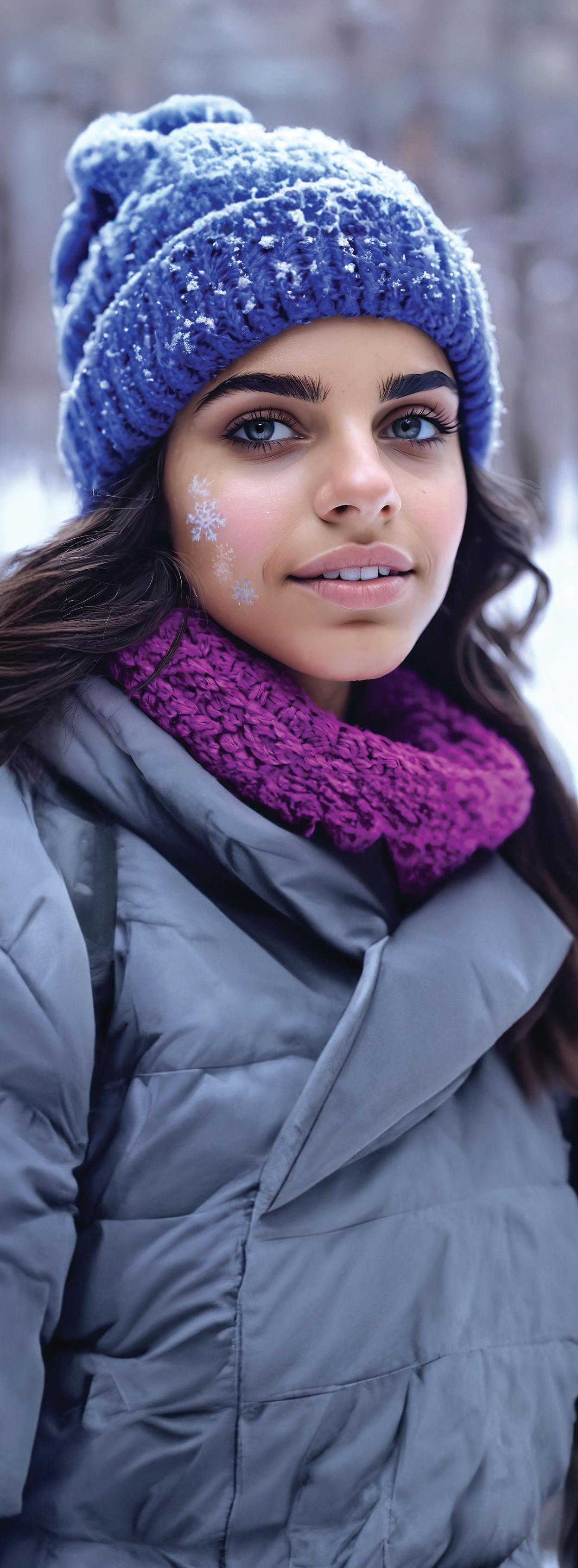
2 minute read
No Hi
Most coming of age ceremonies are a private event spent with friends and family celebrating you, but in Japan the coming-of-age celebration is considered a national holiday called Seijin no hi for, those who turned 20 or in recent years 18, in between April 2 of the prior year or April 1 st in the current year.
Showing Japan’s long history and expectations for adulthood, Seijin no Hi dates back to the Heian Period from 794 to 1185 with the Genpuku ceremony honoring young people as they become adults.
Advertisement
Young men and women wear special colorful and detailed clothes. Men often wear formal hakama pants. The clothes are colorful and detailed. They reflect individual style and the happy feeling of the day. Woman may choose to be donned in tradition- al Fursode, a very expensive komono that is commonly past through generations, hair decorations, and traditional zoli sandals, the new adults flock to local government buildings to listen to speeches from government officials or sometimes celebrities giving their congratulations. Families of the participates watch as those participating hear wise and helpful words It makes people feel part of their community and share the same values, helping everyone feel part of one group which is very core of Japanese culture. The ceremony also gives individuals time to think about their roles in society and what is expected of adults. Through sharing this experience, those participating are reminded how their lives are connected and how important it is to help their communities in good ways. After the ceremony, a community gathering with food and fun allows everyone; friends, family, and reunited past classmates to celebrate the day.
With mass media exposure, Seijin no hi continuously gets bigger each year with more memorable experiences such as holding their ceremonies in places such as Kamogawa Sea work or Tokyo Disneyland.
While many just take part in just the ceremony aspect of the festivity, there are many ways to celebrate such as visiting a shrine to wish for great health, fortune, and prosperity in their future or visiting hometowns to reconnect with former classmates to commemorate their new acknowledged adulthood rejoicing throughout the night.
- Joann Mendez
Winter SKIN CARE
-Claudia Amaraz
Stay Hydrated: Drink plenty of water to keep your skin and lips moisturized from the inside out.
Use Lip Balm: Apply a good quality lip balm regularly to prevent chapped lips. Look for products with ingredients like shea butter, beeswax, or coconut oil.
Moisturize Daily: Use a gentle, fragrance-free moisturizer on your face and body daily to combat dryness.
Warm Showers: Hot showers can strip your skin of its natural oils. Opt for lukewarm water instead and keep your shower time short.
Sunscreen: Even in winter, UV rays can damage your skin. Apply a broad-spectrum sunscreen with at least SPF 30 when you’re outside.
Avoid Harsh Products: Be cautious with skincare products that contain harsh chemicals or alcohol, as they can worsen dryness.
Humidify Your Space: Use a humidifier in your room to add moisture to the air, which can prevent dry skin and lips.
Protect Your Hands: Wear gloves when it's cold outside to protect your hands from becoming dry and cracked.
Eat Healthy: Include foods rich in vitamins and antioxidants in your diet to support skin health, like fruits, vegetables, and nuts.
Don’t Lick Your Lips: Licking your lips can make them even drier. Use lip balm instead.
Remember, taking care of your skin and lips is a year-round commitment, but paying extra attention during the winter months will help you maintain a healthy and glowing complexion.










